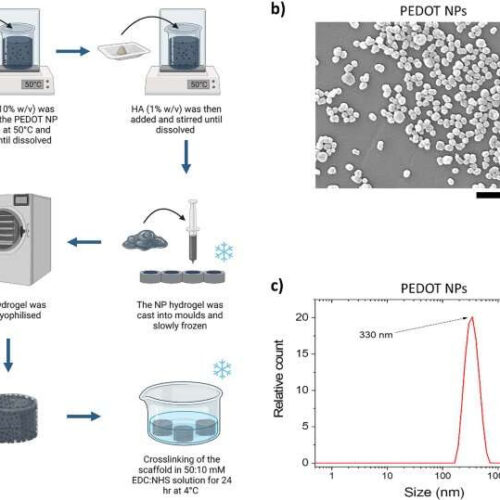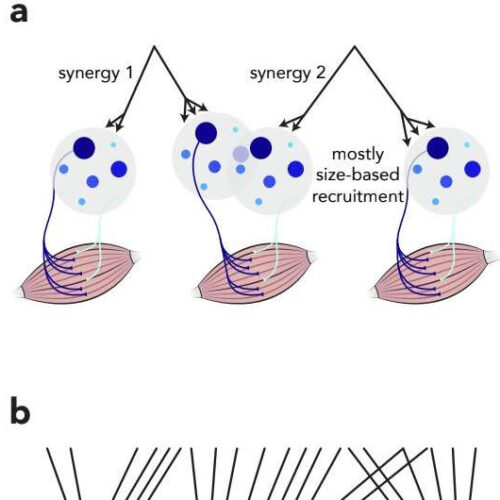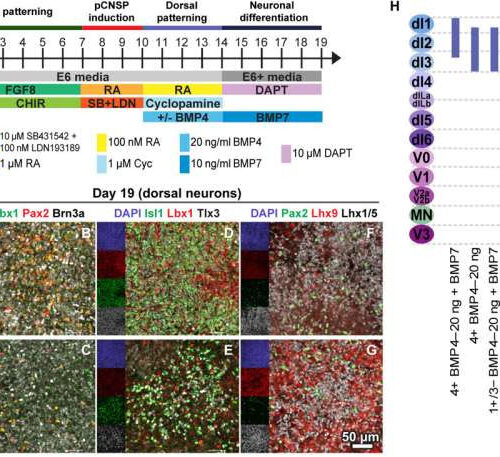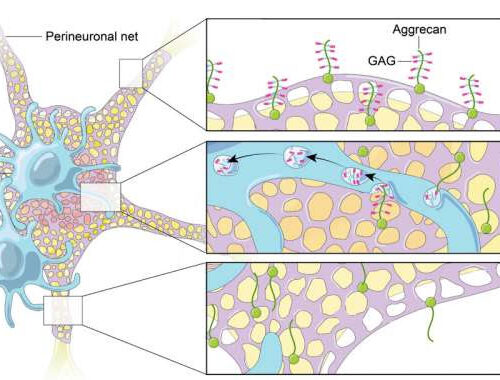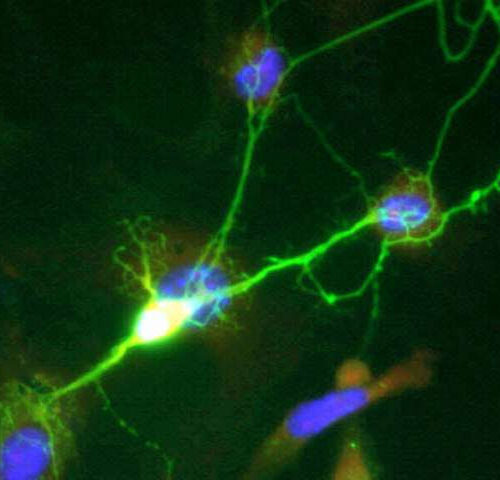by Lori Solomon Patients with chronic pain treated with the novel Fast-Acting Sub-Perception Therapy (FAST) spinal cord stimulation (SCS) systems may achieve significant and durable pain relief for up to 12 months of follow-up, according to a study presented at the 23rd Annual Pain Medicine Meeting, a meeting of the American Society of Regional Anesthesia and Pain...
Tag: <span>Spinal cord</span>
Spinal cord stimulation vs medical management for chronic back and leg pain
JAMA Network OpenPeer-Reviewed Publication JAMA Network About The Study: This systematic review and network meta-analysis found that spinal cord stimulation therapies for treatment of chronic pain in back and/or lower extremities were associated with greater improvements in pain compared with conventional medical management. These findings highlight the potential of spinal cord stimulation therapies as an effective...
In experiment, electrical stimulation of the spinal cord helps a patient with Parkinson’s to walk
By Matthew Herper Marc, a 62-year-old who has had Parkinson’s for 30 years, received an experimental treatment that appeared to notably improve his ability to keep his balance and walk without freezing up. An experimental treatment that delivers an electrical current to the spinal cord appeared to notably improve the ability of a man with Parkinson’s...
Novel tool could help neuroscientists crack the secrets of spinal cord
Reviewed by Lily Ramsey, LLM Aug 7 2023 The spinal cord is harder to access and study than even the brain. The challenges posed by its mobility and anatomical structure have made understanding exactly how it functions difficult. Rice University engineers will work with collaborators to optimize an array of nanoelectronic threads, or NETs ⎯...
Novel research demonstrates new method of spinal cord tissue repair
by University of Limerick a Synthesis schematic of gel:HA:PEDOT-NPs scaffolds. Incorporation of PEDOT NPs into Gel:HA hydrogel and processing by means of lyophilisation develops porous scaffolds, (image created with BioRender.com). b SEM images of synthesized PEDOT NPs. c DLS measurement of PEDOT NPs in the hydrodynamic state. Credit: Biomaterials Research (2022). DOI: 10.1186/s40824-022-00310-5 Unique new material developed...
Motor units in the spinal cord might be far more flexible than we thought
by Ingrid Fadelli, Medical Xpress Credit: Marshall et al, Nature Neuroscience (2022). DOI: 10.1038/s41593-022-01165-8 When humans and other mammals perform voluntary movements, a series of neural processes take place. The cerebral cortex, the outer region of the brain, sends signals to motor units (i.e., neurons) in the spinal cord, which in turn activate individual muscles. Past neuroscience...
Improved understanding of early spinal cord development paves the way for new treatments
by Rebekah McBride, University of Wisconsin-Madison Addition of BMP7 during neuronal differentiation further dorsalizes postmitotic population. (A) Timeline of dorsal differentiation from H120-NMPs, with BMP7 added during neuronal differentiation phase from days 14 to 19. (B to G) Immunostaining in day 19 postmitotic cultures shows that DAPT treatment rapidly converts progenitors to dorsally shifted postmitotic phenotypes...
Epigenetic treatment in mice improves spinal cord regeneration after injury
by Public Library of Science Shown is an increased density of synapses (green) that contact motoneurons (purple) in the spinal cord of an injured animal after treatment with the small molecule TTK21-These are important for motor function. Credit: Franziska Mueller (CC-BY 4.0, creativecommons.org/licenses/by/4.0/) Currently, spinal cord injury does not have any effective treatments; physical rehabilitation can...
Activation of microglia in the spinal cord after nerve injury found to contribute to pain hypersensitivity
by Bob Yirka , Medical Xpress A perineuronal net surrounding a projection neuron in the spinal cord and depicts microglia digesting the net. Degradation of the perineuronal net by microglia causes increased neuronal activity and pain. Credit: Designs that Cell A team of researchers working at McGill University has found that activation of microglia in...
Like tiny drill sergeants, neurons identified in spinal cord coordinate our steps
by Columbia University Irving Medical Center Credit: Public Domain Walking is the most natural of movements. Without thinking, we put one foot forward and then the next, on and on, propelling us forward. So, if we’re not consciously directing this complex interplay of nerves and muscles, what is? “As one might expect, it’s the brain...
- 1
- 2


